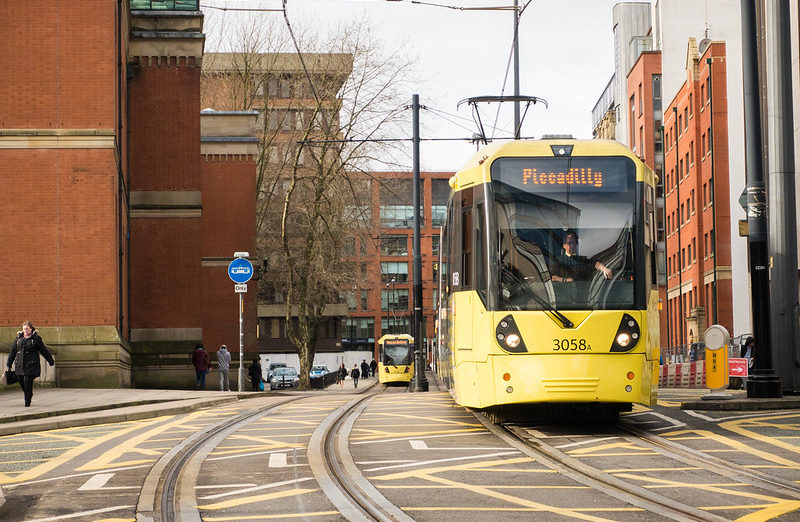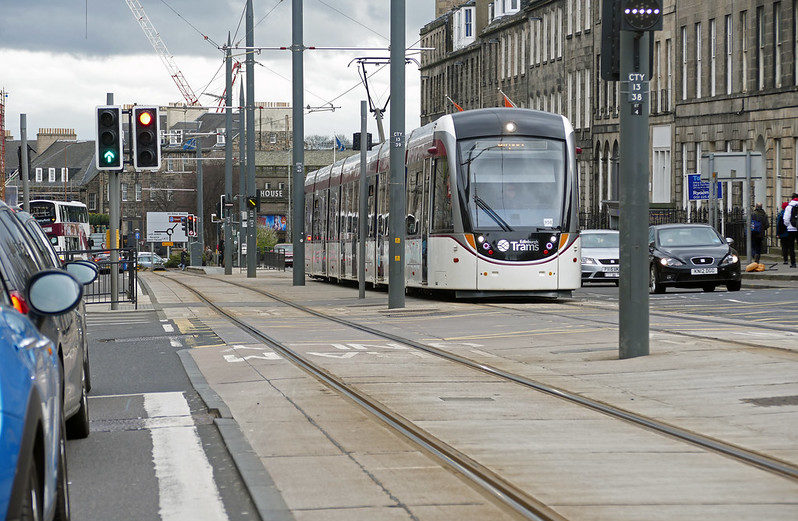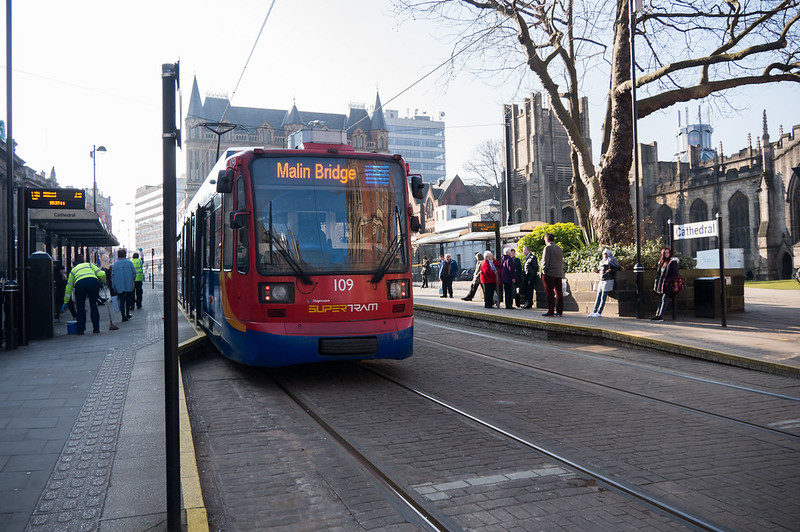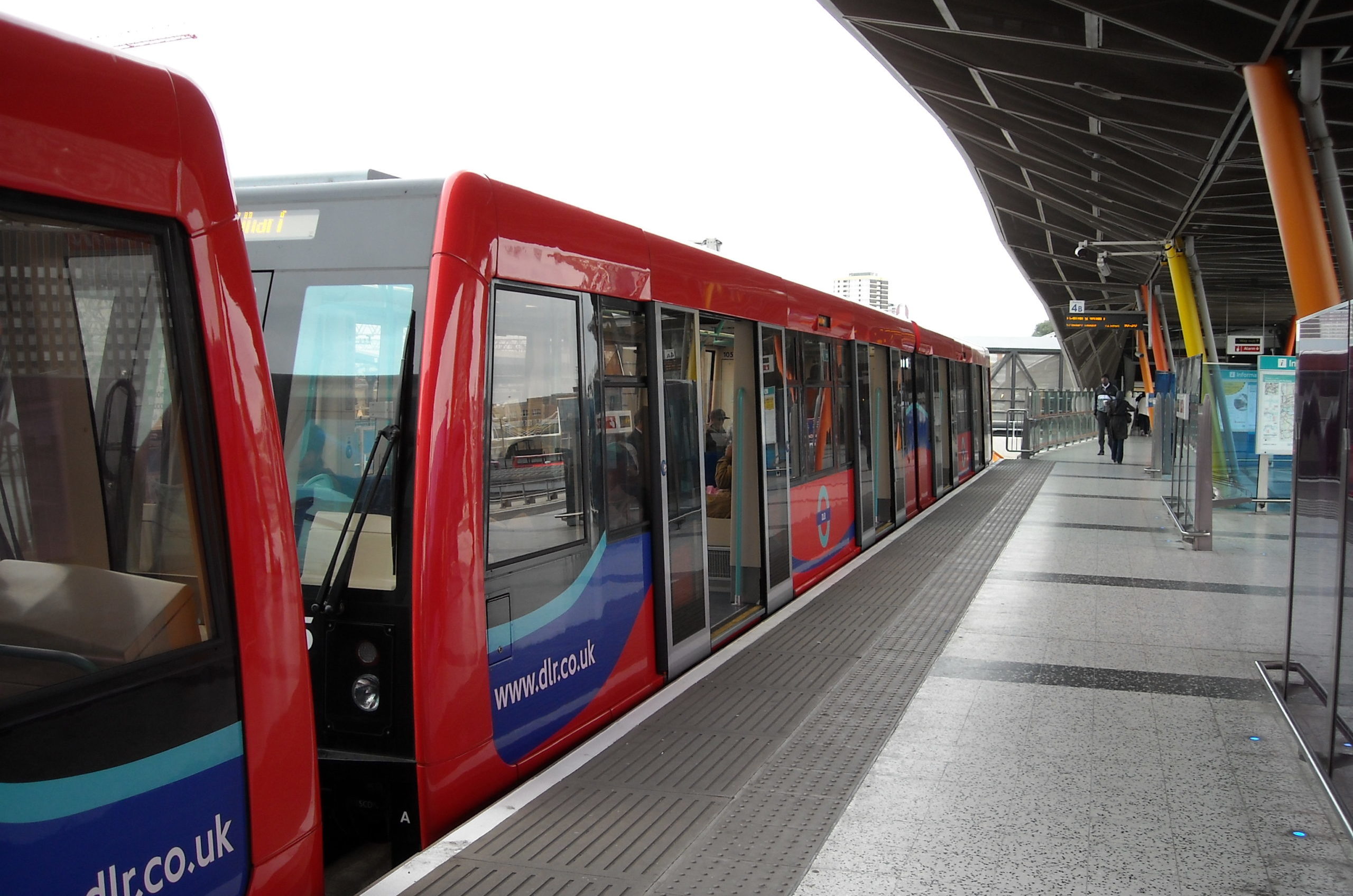



Light Rail is broad term that can cover a wide range of vehicle types and modes of operation.
Very Light Rail is generally used to refer to small vehicles, perhaps carrying up to 20 people, running on discrete networks serving relatively short distance journeys. Depending on vehicle design these may run on their own separate alignments, in public spaces shared with pedestrians and cyclists, or in the road with other traffic.
Tramways are normally characterised by operation in public spaces and along roads with other traffic. Conventionally the control has been via a driver with minimal signalling controls, often based around road traffic signalling principles, and where protection is delivered principally through the driver maintaining vigilance.
Light Rail is often operated with vehicles which may look very similar to tram vehicles but will not run in the highway with other traffic, or in some cases not in areas shared with pedestrians either. These systems can appear more similar in some respects to a lighter weight version of a metro system. Light Rail systems that operate on their own segregated alignments may operate at higher peak speeds than tramways, and as a result have signalling systems and protection systems more similar to those of railways and metro systems. Free of the constraints that operation in roads brings light rail vehicles might operate more often in longer multiple sets.
The terms used to describe a particular systems are often less relevant than looking at the nature of the infrastructure and at the operating characteristics.
Generally peak speeds on these systems tend to be limited to around 80kph (50mph).
Vehicle capacities can be relatively high, up to 200 people for some tram vehicles, but this assumes a high level of standing passengers in peak periods.
These types of systems normally offer unassisted level boarding between stops and vehicles, and this is achievable through having a specific fleet of vehicles and a fixed network of stops under the same management, something which is often difficult to achieve on older mainline railway networks.
While light rail networks can often cover large distances, the assumption is that the majority of passengers make relatively short journeys, though this is very dependent on system layout and sites of demand.
Examples
- Very Light Rail (Stourbridge Revolution VLR)
- Tramway (Blackpool, Manchester, Sheffield, Midland Metro, Croydon, Nottingham, Edinburgh)
- Tram Train (Sheffield)
- Light Metro (DLR)
- Metro (T&W)
- Heavy Metro (TfL)